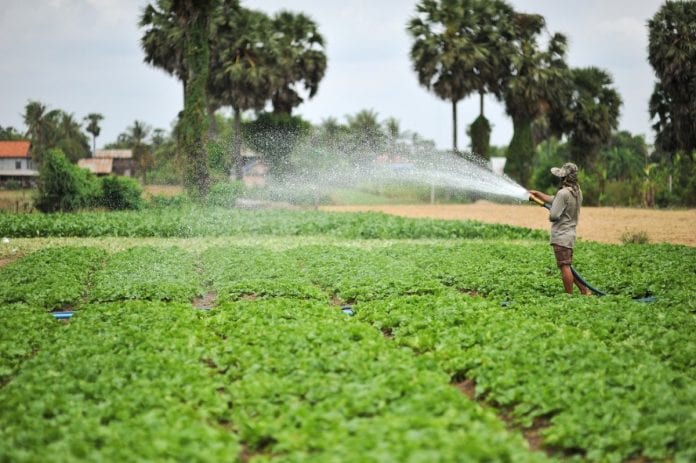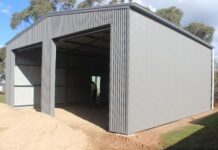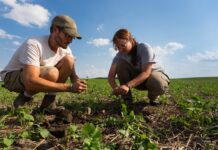For many decades, the majority of America’s food has been produced through industrial agriculture. And while it’s been cost-effective for the general public, it’s not a sustainable system. In order to maximize our land resources, we must get back to the basics. The question is, what’s being done?
4 Progressive Solutions for Sustainable Agriculture
Over the past few years, we’ve been slowly creeping towards a point of no return – a point where our land will be stripped of its natural resources and unable to produce the sustenance that we need to be healthy. But a shift is occurring and it’s providing hope for a brighter tomorrow.This shift is the direct result of thousands of farmers, scientists, and environmentalists banding together to prioritize sustainable agriculture – a practice that prioritizes goals like building and maintaining healthier soil, properly managing water, minimizing climate pollution, and promoting biodiversity.
“There’s a whole field of research devoted to achieving these goals: agroecology, the science of managing farms as ecosystems,” UCSUSA.org explains. “By working with nature rather than against it, farms managed using agroecological principles can avoid damaging impacts without sacrificing productivity or profitability.”

Sustainable agriculture is constantly evolving, but here are some of the solutions and practices that are moving it forward:
- Crop Rotation
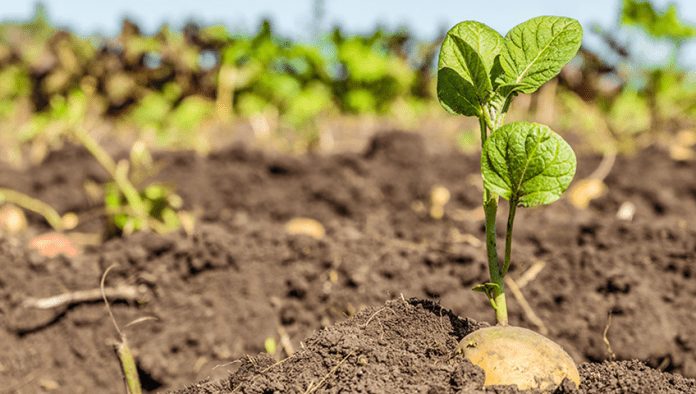
There’s nothing new or novel about crop rotation, but it’s something that sustainable farmers still rely on to maximize the value of their land.
The basic premise behind crop rotation is that you’re supposed to plant different crops in different locations each year in order to help replenish the nutrients that the previous crop took out of the soil.
There’s a science to crop rotation, but one example is to plant grain crops after legumes. The legumes pave the way by fixing high levels of nitrogen in the soil, which the grain crops need to thrive.
- Cover Crops
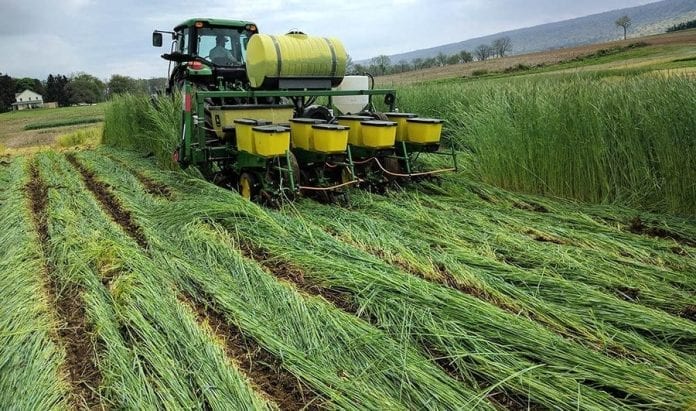
During the off-season, it’s smart for farmers to plant cover crops as a way of protecting the soil from erosion. Cover crops also help to replenish barren soil, prevent the spread of weeds, and eliminate or reduce the need for herbicides. Common cover crops include hairy vetch and clover.
- Smarter Equipment
Sometimes it’s the small mistakes and issues that compound to create bigger problems. Take fluid leakage from farming equipment as an example. While a small leak here and there might not seem like a big deal, they can compound and cause thousands of gallons of toxins to seep into farmland across the country ever year. In addition to smarter behaviors, farmers need smarter technology to help them prevent issues like these.
“An example of engineering ingenuity is the flat face coupling system which includes a flat face valve, spring mechanism, safety closing system and specific seals in order to minimize, if not completely eliminate, fluid leakage during disconnection,” Stucchi explains. “Eliminating the intermediate space between the male and female couplers prevents fluid from gathering in the coupler and leaking into the environment.”
Advances like these have the ability to make farming safer and more sustainable, both in terms of the little details and the big picture.
- Biodynamic Farming
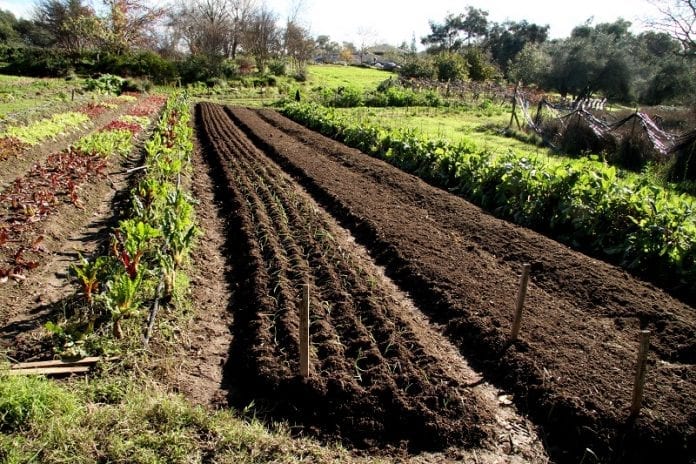
One of the newer and more progressive forms of sustainable agriculture is a system known as biodynamic farming.
Biodynamic is designed to incorporate both holistic and ecological growing practices where the entire farm is intended to operate as one living organism.
“This includes raising animals on a farm in a way that they help replenish soil fertility and enhance plant growth.One of the building pillars of biodynamics is high biodiversity of plants, animals and beneficial insects. The goal is the creation of a resilient ecosystem that benefits us and other living organisms.”
Biodynamic practices can be implemented in a variety of farms. This includes farms that grow a variety of gardens, produce, vineyards, and other regional agriculture.
Farming for the Future
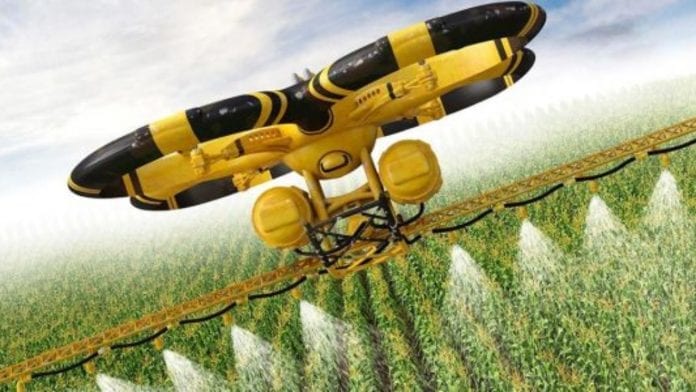
Farming isn’t just about feeding people today – it’s about saving the environment so that it can feed future generations for centuries to come. Sustainable agriculture is the practice of properly managing natural resources for today and tomorrow. As more farmers and landowners implement these practices, the conversation around agriculture will continue to move in a more positive direction.
